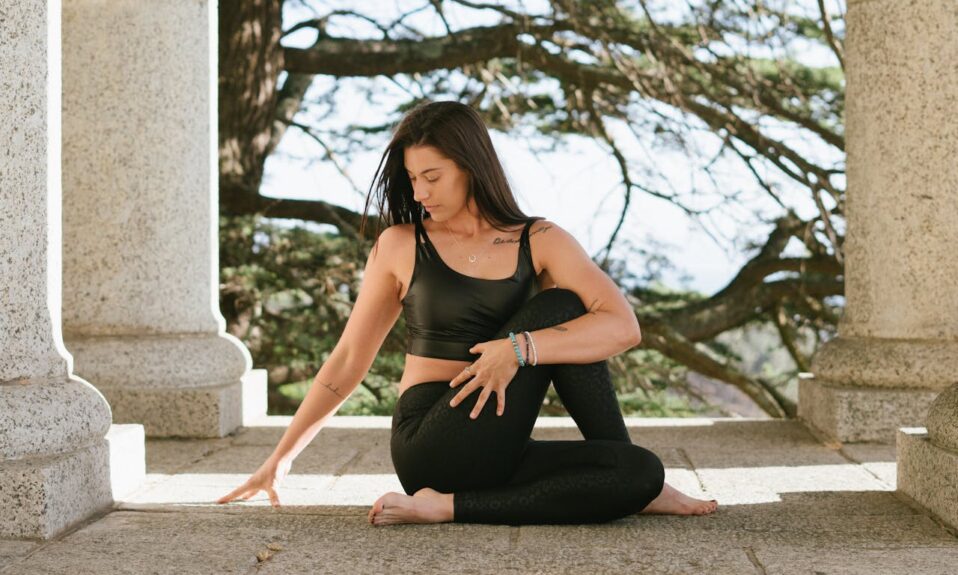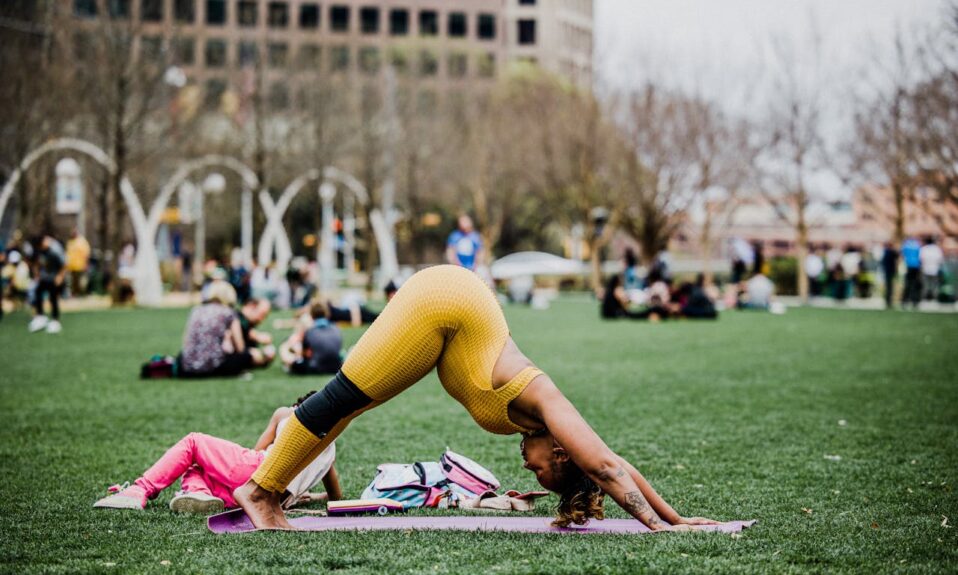In this article, we will discuss when it is safe to exercise after getting Botox injections. Botox is a popular cosmetic procedure used to reduce the appearance of wrinkles and fine lines. Many people who undergo Botox treatments are often concerned about how soon they can return to their regular exercise routine without affecting the results of their treatment. We will cover the recommended post-Botox exercise guidelines and provide tips for safely resuming physical activity after the procedure.
Is it Safe to Exercise After Botox?
It is generally recommended to avoid vigorous exercise for at least 24 hours after receiving Botox injections. This is because engaging in strenuous physical activity can increase blood flow to the treated area, potentially causing the Botox to spread to unintended muscles and reduce the effectiveness of the treatment. It is best to give the Botox time to settle into the targeted muscles to ensure optimal results.
It is important to listen to your body and avoid any activities that may strain the facial muscles or increase sweating immediately after the procedure. However, light exercise such as walking or gentle stretching is generally safe and can help promote blood circulation without interfering with the Botox treatment.
How Long Should I Wait Before Engaging in Intense Physical Activity?
While every individual may respond differently to Botox treatment, most healthcare providers recommend waiting at least 48 hours before participating in intense workouts or activities that involve heavy lifting, high-impact movements, or excessive sweating. This precaution is to ensure that the Botox has had enough time to fully take effect and provide the desired cosmetic improvement without being compromised by rigorous physical exertion.
Additionally, it is advisable to avoid activities that involve bending over or being upside down, such as certain yoga poses, as these positions can potentially influence the distribution of the Botox within the muscles.
What Should I Consider When Returning to Exercise After Botox?
When you feel ready to resume your regular exercise routine after receiving Botox injections, it is essential to ease back into physical activity gradually. Start with low-impact exercises and gradually increase the intensity over the following days or weeks. This approach can help minimize the risk of unintentionally affecting the treated muscles and prolonging the effects of the Botox.
Remember to stay hydrated and avoid excessive sun exposure during outdoor activities, as proper hydration and sun protection are important for maintaining healthy, youthful-looking skin, which complements the effects of Botox treatments.
Are There Any Specific Considerations for Facial Exercises?
While facial exercises are often recommended as a natural way to maintain facial muscle tone and promote skin elasticity, it is best to avoid rigorous facial exercises immediately after receiving Botox injections. Engaging in excessive facial movements can potentially interfere with the targeted action of the Botox and alter the desired cosmetic improvement.
If you wish to incorporate facial exercises into your routine, it is advisable to consult with your healthcare provider to determine the appropriate timing and specific exercises that are safe to perform after Botox treatment.
Can I Resume My Normal Exercise Routine After Botox?
Once the initial recovery period has passed, and the Botox has had time to settle into the muscles, you can gradually return to your normal exercise routine. However, it is important to pay attention to how your body responds and make adjustments as necessary. If you notice any unusual changes or discomfort in the treated area during physical activity, consult with your healthcare provider for guidance.
Conclusion
Knowing when it is safe to exercise after Botox is essential for ensuring the effectiveness and longevity of the cosmetic treatment. By following the recommended post-Botox exercise guidelines and easing back into physical activity gradually, you can help maintain the desired results and enjoy the full benefits of the procedure. Always consult with your healthcare provider for personalized advice based on your specific Botox treatment and exercise routine.
FAQs
1. Can I do any exercise after Botox?
It is generally safe to engage in light exercise such as walking or gentle stretching after receiving Botox injections. However, it is recommended to avoid strenuous physical activity and facial exercises for at least 24-48 hours to allow the Botox to settle into the targeted muscles.
2. Are there specific exercises to avoid after Botox?
It is best to avoid intense workouts, heavy lifting, high-impact movements, and activities that involve excessive sweating immediately after getting Botox. Additionally, activities that involve bending over or being upside down should be approached with caution to minimize the risk of compromising the Botox treatment.
3. When can I return to my normal exercise routine?
After the initial recovery period of 24-48 hours, you can gradually resume your normal exercise routine. Start with low-impact exercises and listen to your body as you gradually increase the intensity. Always pay attention to how your body responds and consult with your healthcare provider if you have any concerns.
4. Can I perform facial exercises after Botox?
While facial exercises can be beneficial for maintaining facial muscle tone and skin health, it is best to avoid rigorous facial exercises immediately after receiving Botox injections. Consult with your healthcare provider for guidance on the appropriate timing and specific exercises that are safe to perform after Botox treatment.
5. How can I ensure the longevity of Botox effects during exercise?
To ensure the longevity of the Botox effects, it is important to ease back into physical activity gradually, stay hydrated, and avoid excessive sun exposure during outdoor activities. If you experience any unusual changes or discomfort in the treated area during exercise, consult with your healthcare provider for personalized advice.





